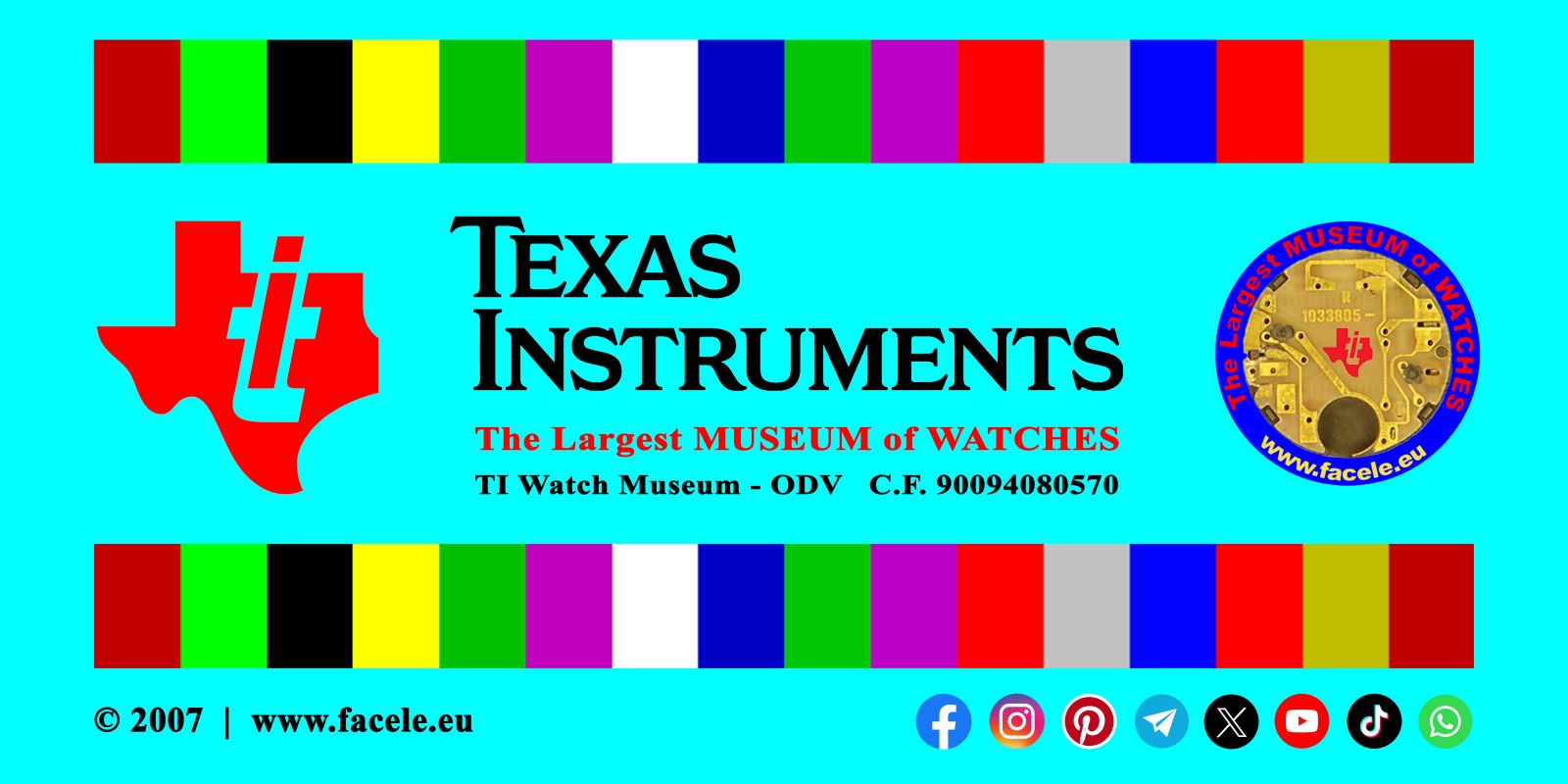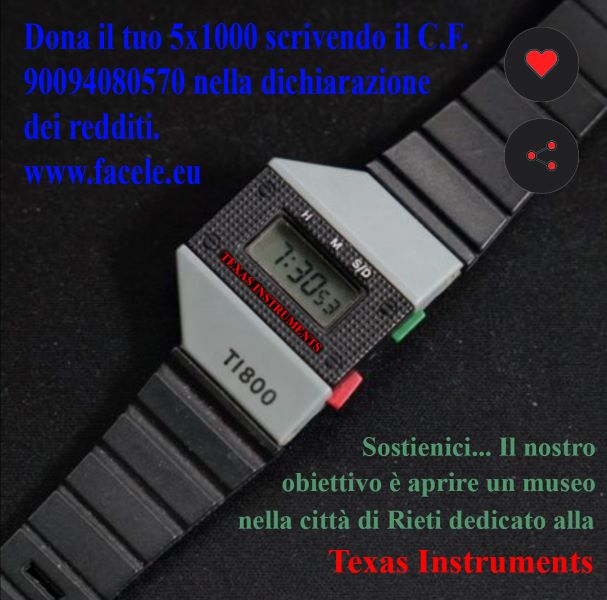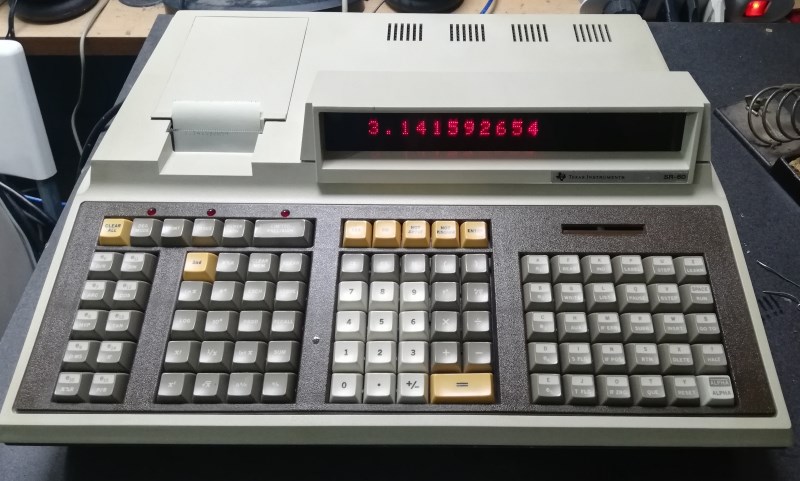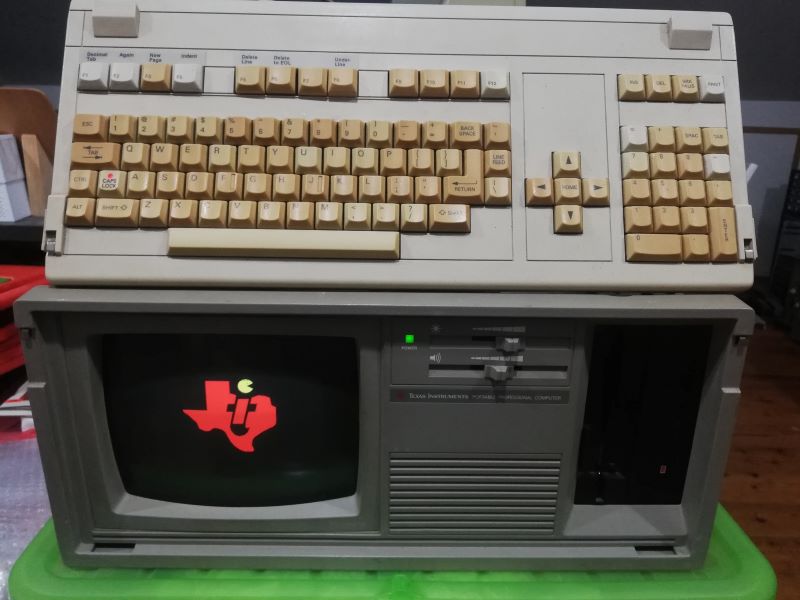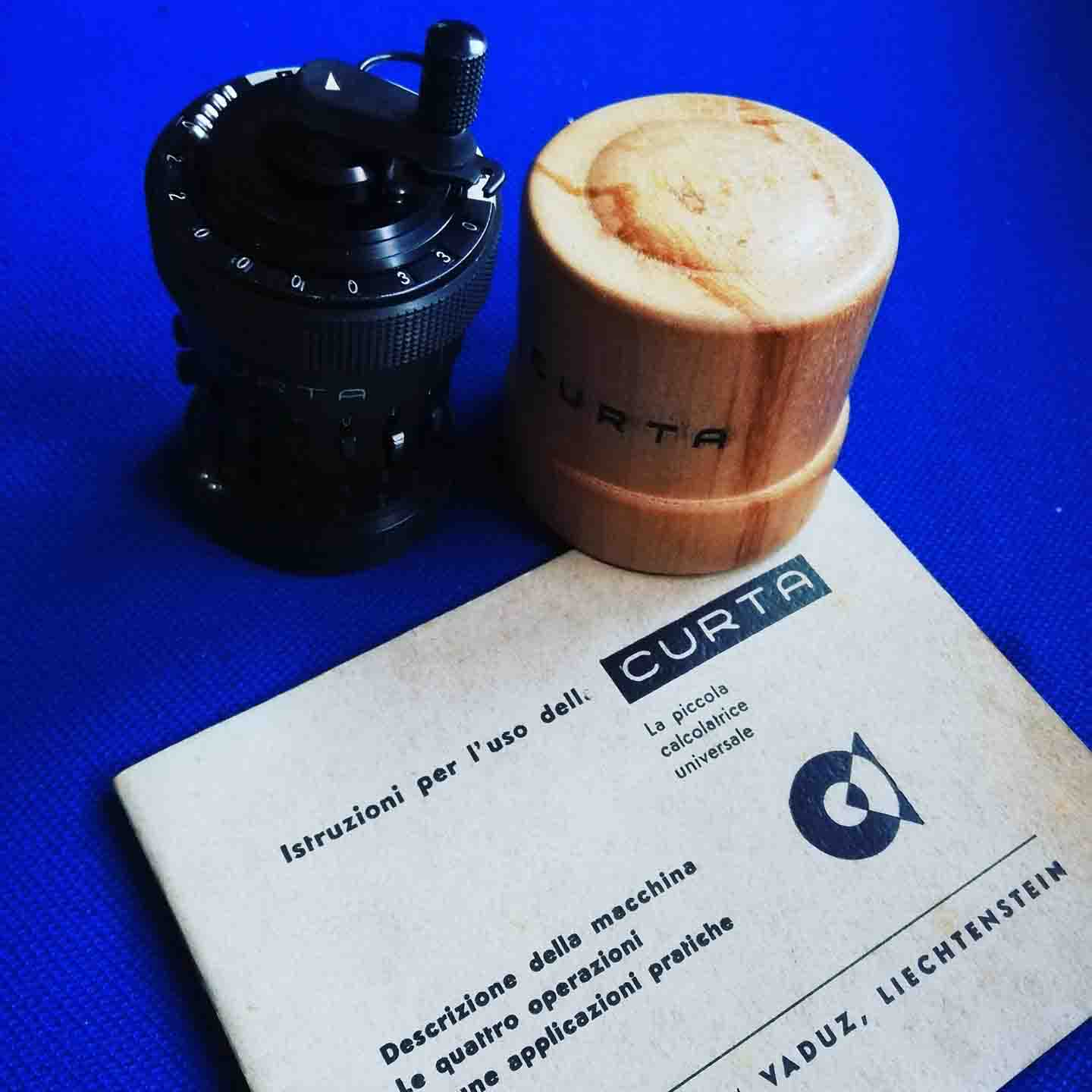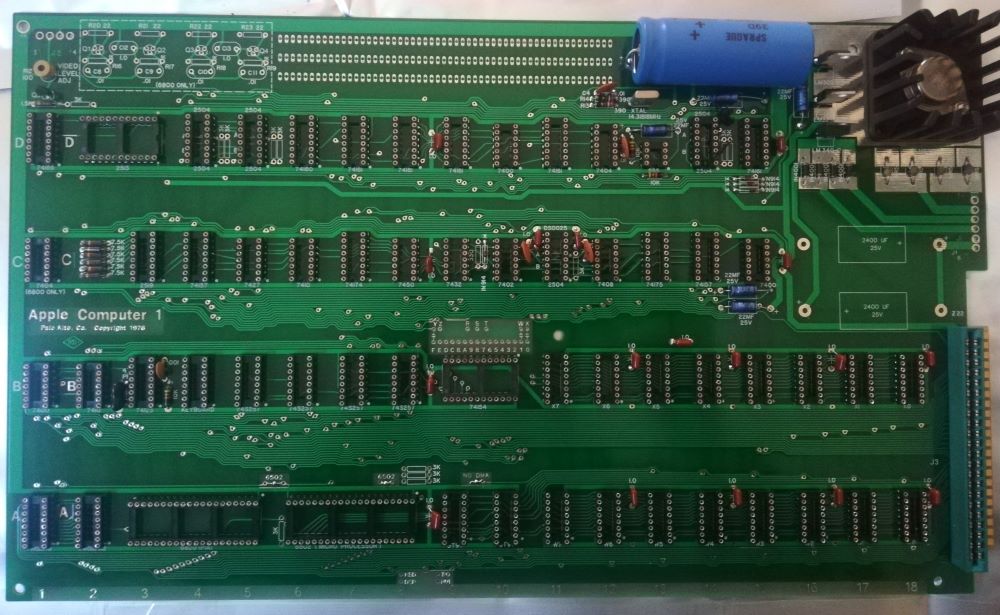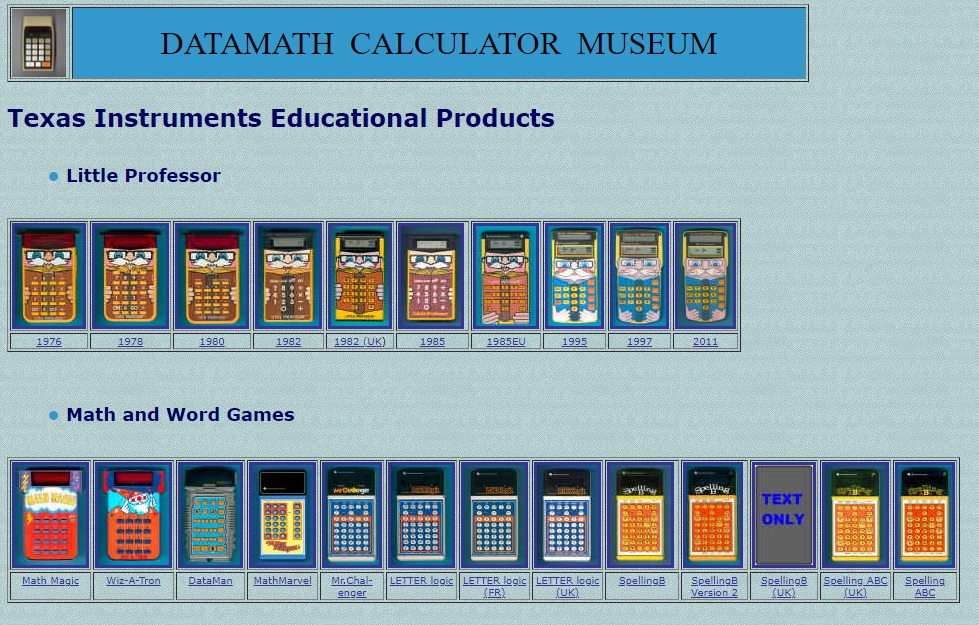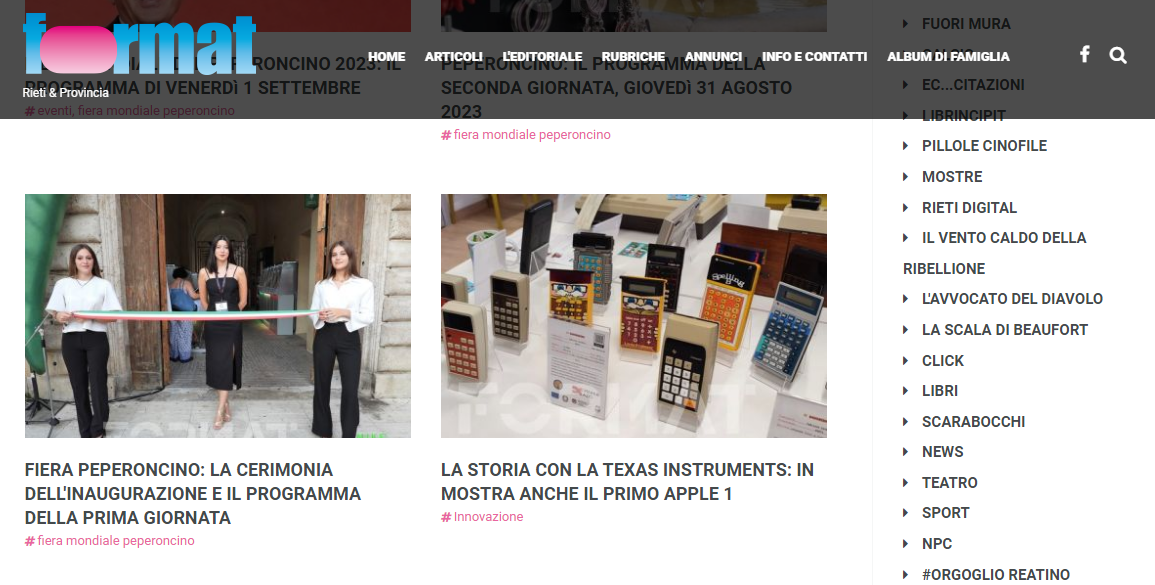TI’s consumer strategy
As part of its consumer strategy, TI opened a few retail outlets in high-visibility areas to create consumer interest in its calculators, digital watches, and future consumer products. On July 3, 1975, a consumer retail outlet or “TI Store” was opened at the upscale Northpark Shopping Mall in Dallas. Locations for other TI stores included: Milan, Italy; Berlin, West Germany; and the United Kingdom.
In 1977, the company announced it was entering the marine navigation and communications market with a microprocessor-controlled Loran-C navigator receiver and a VHF/FM radio-telephone transceiver. These new products, targeted at the high end of the commercial marine market, came out of TI’s expertise in defense electronics.
In 1978, a talking Language Translator was introduced — the first to provide synthesized speech. Using a plug-in ROM module, the translator converted about 500 English, German, or French words to spoken Spanish. The device could link these words to speak more than 3,000 phrases and sentences. Modules were available for other language translations. TI also introduced First Watch, which taught five- to seven-year-olds to read any digital or analog timepiece.
Other consumer products introduced by TI during this period included digital thermometers, a home thermostat, a video game, and a Citizens Band (CB) radio. The CB radio was announced, but not put into production because of low prices in the market. In 1980, TI announced an online computer service for consumers – about 20 years ahead of the Internet. It was based on a TI-designed subsystem called TIFAX, which decoded and broadcasted information, such as weather data, to consumers’ TV sets in the United Kingdom. VIEWDATA was an extension of this concept, which used the telephone system to transmit information selected from a central database containing up to 2 million pages.
Advances in TI’s SC technology, such as Charge-Coupled Device (CCD) imagers, led to exploratory research into the market for digital cameras and home video cameras, but TI did not produce any products for these consumer markets. TI continued to develop CCD technology in its TI-Japan operation and became a major producer of these special chips, which are used today in a wide variety of digital cameras and camcorders.
